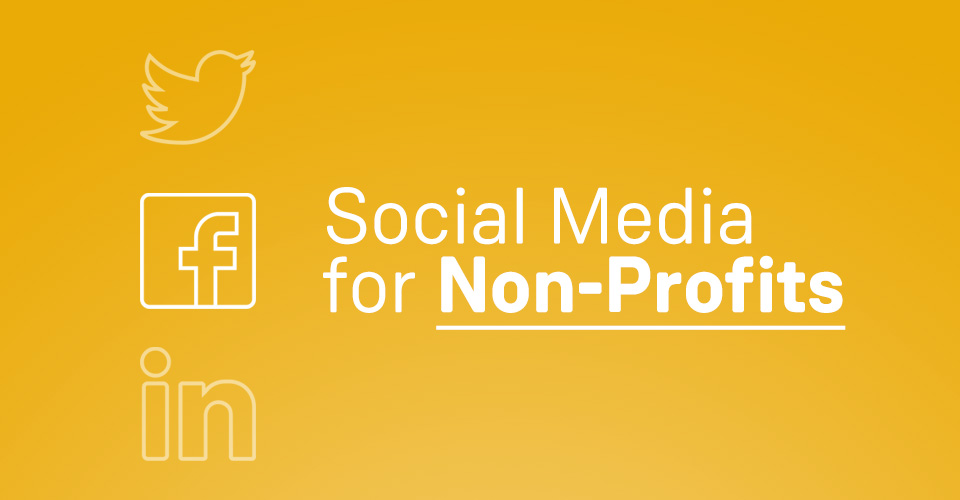Over the last several years, social media has become an essential part of any business’s marketing plan. Initially, small companies saw Facebook or Twitter as cost-free ways to generate visibility and grow brand recognition. For this same reason, it is that much more important for non-profits to be active on social media.

The Right Platforms
You want to make sure that you’re working on the right platforms.
Many non-profits do not have a dedicated social media staff. Therefore, the time spent on posting, sharing, and overall engagement must be chosen properly.
Facebook, Twitter, LinkedIn, and YouTube are your best bet for maximizing your time and effort. These websites/apps have nailed their social sharing features, and their call to action (CTA) responses are much higher than other emerging social media platforms.
Donations and Volunteers
Most organizations function primarily off of two things: donations and volunteers. In order spread awareness of your cause, you need the funds and bodies it takes to achieve your mission.
Social media is the perfect forum to appeal for both of these vital pieces of a nonprofit. For example, it gives you the microphone to announce special events and fundraisers, as well as recruit new volunteers.
Community Engagement
Social media also gives your non-profit the opportunity to increase community engagement. Pictures and videos of volunteers or donors inspire others to want to help in any way they can. If time is an issue, or they live outside of the area, those motivated would be more likely to donate to your organization. Others may decide to volunteer for a day with their company. The potential reach is truly limitless.
Even for those who might not end up donating or volunteering, your social media presence makes an impact. They may have never heard of your organization, or if they have, they might not know what your mission is. If they’re impressed, they might help to spread your message among their friends and colleagues. When the time comes that they see an event you are hosting, they will be more likely to attend.
Interaction with Relevant Influencers
Not only can you communicate with individuals who want to help, but you can start a conversation with other relevant organizations or influencers. Teaming up with other non-profits that make sense can make a strong impact. Perhaps you will touch people who are involved with the other organization or use the relationship to increase numbers at a fundraising event.
Monitor Those Following You
Social media is a great way to analyze your core demographic. You may have an idea of who you are targeting, or who your key audience might be, but perhaps you’re leaving out a whole group of people that are actually interested in your cause. This will give you an advantage moving forward in future outreach initiatives.
While social media continues to dominate the marketing efforts of all businesses, do not discount it as a crucial way to communicate your non-profit’s voice. Use it to it’s fullest extent to spread awareness for your amazing cause and as a way to grow your base.


